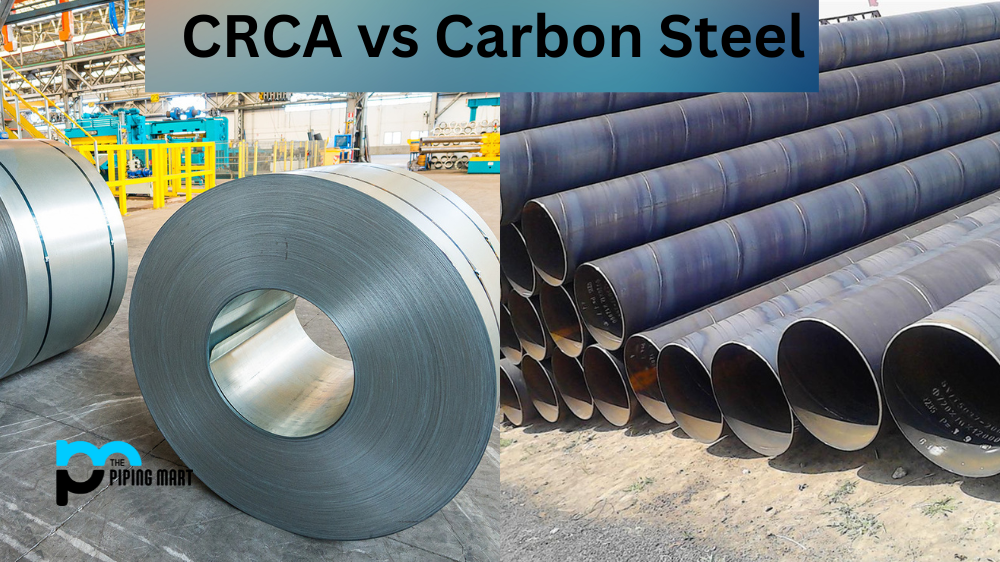Metal inert gas (MIG) welding is a popular and versatile form of welding. It uses an electric arc to join metal pieces together, producing high-quality welds in a fraction of the time compared to other forms of welding like a stick or TIG welding. But it’s not without its drawbacks. Let’s take a closer look at the advantages and disadvantages of MIG welding.
5 Advantages of MIG Welding
One of the main reasons why MIG welding is so popular is its speed. Depending on the thickness of the metal being welded, MIG can be up to five times faster than other forms of welding. This makes it ideal for large-scale projects where speed is important. It also produces neat, consistent welds with minimal slag and spatters, making it easier to clean up after a job is finished.
MIG welding is also relatively easy to master and requires fewer tools than other types of welding. This makes it ideal for those new to welding or needing access to expensive equipment. Additionally, since MIG does not require flux core wire, there is no need for additional shielding gases or special clamps when working in tight spaces.
Greater Accuracy
MIG welding is a very precise welding method, which is why it is often used in the automotive and aerospace industries. The welder has complete control over the welding process, which allows them to produce clean, precise welds.
Faster Welding Speed
MIG welding is also a very fast welding process. This is due to the fact that the welder does not have to stop and start the welding process as they would with other welding methods. Additionally, MIG welders can weld for longer periods of time without tiring as they do not have to hold the torch in their hand.
Less Heat Distortion
Another advantage of MIG welding is that it produces less heat distortion than other welding methods. This is due to the fact that the heat from the welding process is not focused on one area for an extended period of time. This helps to prevent warping and distortion of the metal being welded.
Greater Versatility
MIG welding is also a very versatile welding method. It can be used on a variety of metals, including aluminum, stainless steel, and mild steel. Additionally, MIG welders can be used for a variety of applications, such as fabrication, repair work, and production work.
Easier to Learn
MIG welding is also relatively easy to learn when compared to other welding methods. This is due to the fact that the welder has complete control over the welding process. Additionally, there are a variety of resources available to help people learn how to MIG weld
5 Disadvantages of MIG Welding
While there are many advantages to using MIG welding, there are also some drawbacks. The process can be more expensive overall due to the cost of consumables like wire feeders and filler rods, as well as special shielding gases that may be required for certain applications. Additionally, since the process relies on electricity, you will need access to an external power source to use it properly—which may limit your options if you’re working in remote locations or tight spaces. Finally, while MIG produces strong welds, they can sometimes be too strong—making them difficult (or even impossible) to break apart if you need to make repairs later down the line.
More expensive
MIG welding is generally more expensive than other types of welding, such as stick welding or flux-cored welding. The initial cost of a MIG welder can be several hundred dollars more than other types of welders, and the cost of consumables, such as gas and wire, is also typically higher.
Requires more training
MIG welding also requires more training than other types of welding. Because the process is more complex, it takes longer to learn how to do it correctly. Additionally, because MIG welders are more expensive, many people are not able to afford the initial investment required to purchase one.
Limited to thin materials
MIG welding is also generally limited to thinner materials than other types of welding. This is because the heat generated by MIG welders can easily damage thicker materials. As a result, MIG welders are not typically used for heavy-duty applications.
Not as portable
MIG welders are also generally not as portable as other types of welders. This is because they require an external power source, such as a generator or an outlet, and they are often too heavy to be carried long distances.
Requires gas
Another downside of MIG welding is that it requires gas, which adds an additional expense to the process. Additionally, the gas can be dangerous if it leaks, so it must be handled carefully.
Conclusion:
In conclusion, despite its drawbacks, MIG welding remains one of the most popular forms of welding due to its speed and ease of use. It produces strong welds quickly and with minimal slag or spatter—making it ideal for large-scale projects that require neat results in a short amount of time. However, it should be noted that this form of welding requires an external power source and special shielding gases, which can add significantly to the overall cost. So if you’re looking for an efficient way to get your project done quickly without breaking the bank account, then consider using MIG welders!
Meet Heer, a dynamic and driven writer learning tricks of her trade in the metal industry. With a background in Digital Marketing, Heer brings a unique perspective to her writing, sharing valuable insights. Apart from blogging she like reading and hiking.




